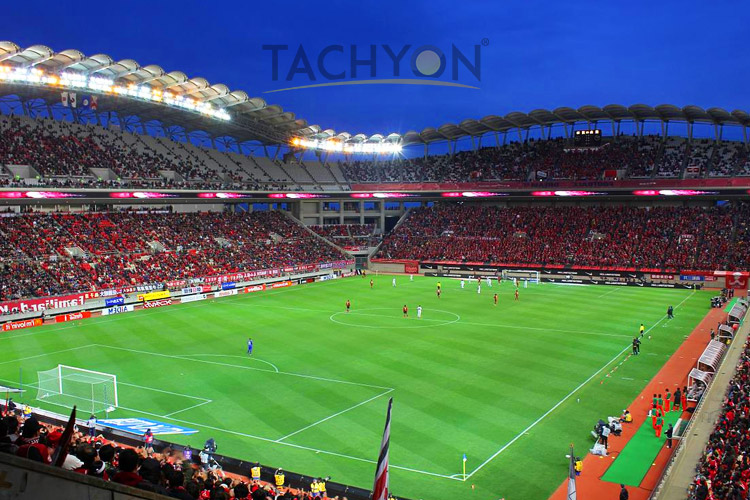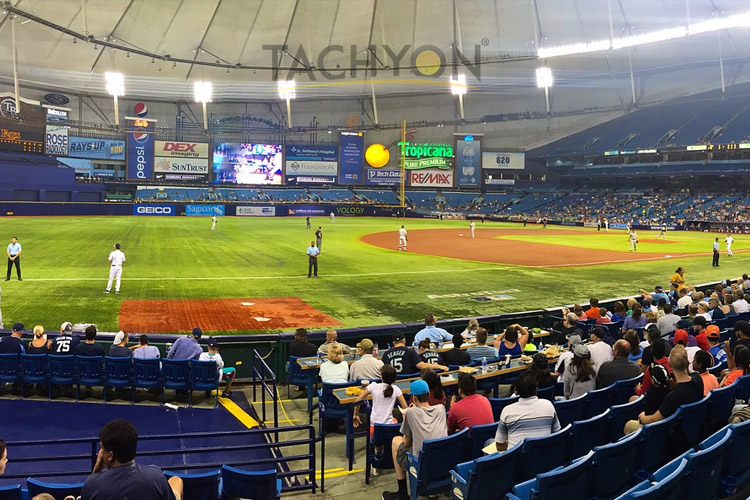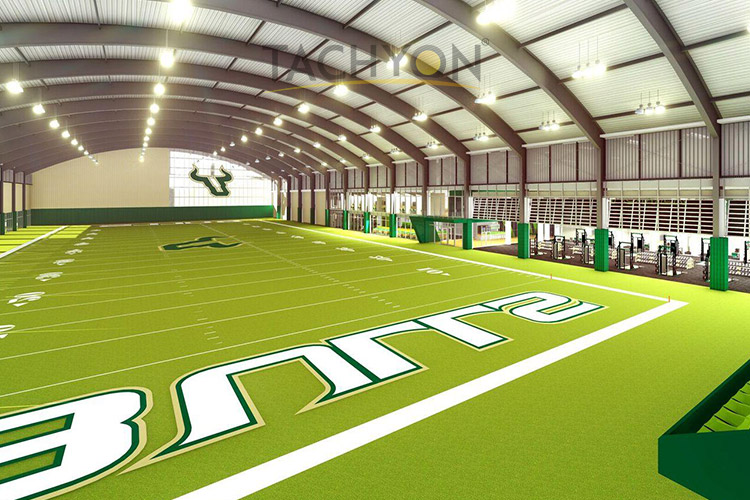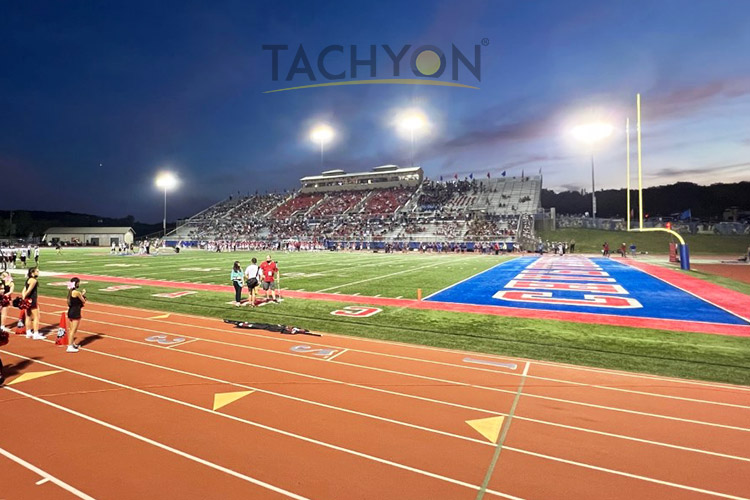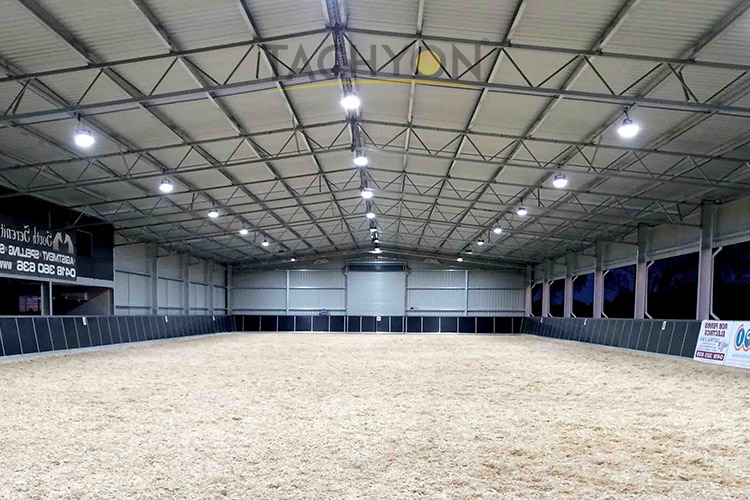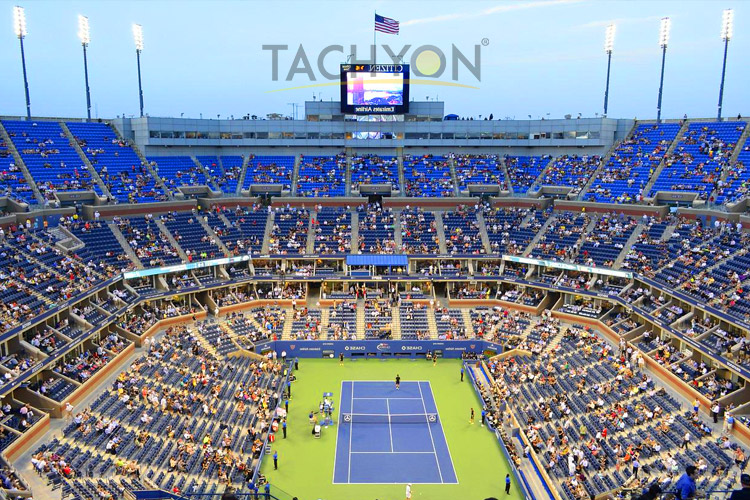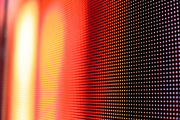El campo de luz superficial es una función que asigna color a cada luz que se origina en la superficie. El campo de luz superficial es muy adecuado para la construcción de imágenes virtuales de objetos brillantes en condiciones de iluminación complejas.
What is light field display?
Light Field Displays (LFDs) work by chopping up the image volume radially, a bit like a cake. This is unlike volumetric displays, which slices the volume like a loaf of bread. LFDs typically have an angular separation of around one degree between slices.
What is 4D light field?
The redundant information is exactly one dimension, leaving a four-dimensional function variously termed the photic field, the 4D light field or Lumigraph. Formally, the field is defined as radiance along rays in empty space. The set of rays in a light field can be parameterized in a variety of ways.
What is light field rendering?
simply by rendering a 2D array of images. Each image represents. a slice of the 4D light slab at a fixed uv value and is formed by. placing the center of projection of the virtual camera at the sample. Figure 6: Tw o visualizations of a light field. (
How does a light field work?
Light field cameras are fitted with thousands of microlenses between the main lens and the sensor. These microlenses scatter the light before it hits the sensor. The data recorded by a light field camera preserves the direction of each ray of light.
What is a Lytro camera?
The Lytro camera is the first consumer camera that records the entire light field-all the rays of light traveling in every direction through a scene-instead of a flat 2D image. Shoot first, focus later By capturing the light field, you can do incredible things. Like refocus pictures after you take them.
Is light a 4d?
Like space and time, light also becomes a four-dimensional entity. In this view Einstein realized that the electric and magnetic fields were three-dimensional projections of a four-dimensional light wave; much the same way that your two-dimensional shadow cast by sunlight is a projection of your three-dimensional self.
What is the plenoptic function?
The plenoptic function is the 5-dimensional function representing the intensity or chromacity of the light observed from every position and direction in 3-dimensional space. In image based modelling the aim is to reconstruct the plenoptic function from a set of examples images.
What is near field camera?
Description: Near field profiling can also be used with camera profilers to analyze small beams, and involves a microscope objective lens to image the beam onto a camera detector array.
What is the purpose of hologram?
A hologram represents a recording of information regarding the light that came from the original scene as scattered in a range of directions rather than from only one direction, as in a photograph. This allows the scene to be viewed from a range of different angles, as if it were still present.
How do holographic displays work?
In essence, a holographic display works by having a high-definition or 4K screen reflect digital content through glass with special coating, called the glass optics. When placed at a certain angle, the glass optic will create an illusion that makes your brain interpret the digital content as three-dimensional.
What is light field video?
Light field cameras have many advantages over traditional cameras, as they allow the user to change various camera settings after capture. However, capturing light fields requires a huge bandwidth to record the data: a modern light field camera can only take three images per second.
Do Lytro cameras still work?
Futuristic “light field” camera maker Lytro is shutting down, according to a statement posted online. The company says that starting today, it will stop “taking on new productions and providing professional services,” as it prepares to “wind down” the company over an unspecified period of time.
Can you still use Lytro camera?
Lytro has discontinued the pictures.lytro.com website which brings an end to viewing ‘Living Lytro Pictures’ online. Lytro, the company behind the Light Field camera, has closed down the pictures.lytro.com website so ‘living photos’ can no longer be shared online.
What is the 5th dimension?
The fifth dimension is a micro-dimension which is accepted in physics and mathematics. It’s here to have a nice and seamless tie between gravity and electromagnetism, or the main fundamental forces, which seem unrelated in the regular four-dimensional spacetime.
What is a 5d object?
A five-dimensional space is a space with five dimensions. In mathematics, a sequence of N numbers can represent a location in an N-dimensional space. If interpreted physically, that is one more than the usual three spatial dimensions and the fourth dimension of time used in relativistic physics.
What is near field light?
Near-field light is “dripping light” that can be observed under specific conditions. Employing this near-field light leads the way to observation of materials smaller than the wavelength of light, beyond the “diffraction limit of light.” Because light is a wave, it has a wavelength, and a diffraction limit.
What is the difference between near field and far field?
The key difference between near field and far field is that near field is a region that is close to an antenna or a scattering object whereas far field is a region that is at a distance from an antenna or a scattering object.
What is NFC in camera?
NFC—or Near Field Communication—is a wireless connectivity technology that enables fast short-range communication between electronic devices like phones and cameras.
Do wildlife cameras need WiFi?
Do wildlife camera need WiFi? Yes, a wildlife camera needs WiFi capability. Having WiFi connectivity as a feature allows you to connect the camera to your home network. This way, you can view the footage from the camera on your computer or mobile device.
What is Spider camera?
The Spidercam is a cable-suspended camera system which enables film and television cameras to move both vertically and horizontally over a predetermined area, typically the playing field of a sporting event such as a cricket pitch, football field or a tennis court.

